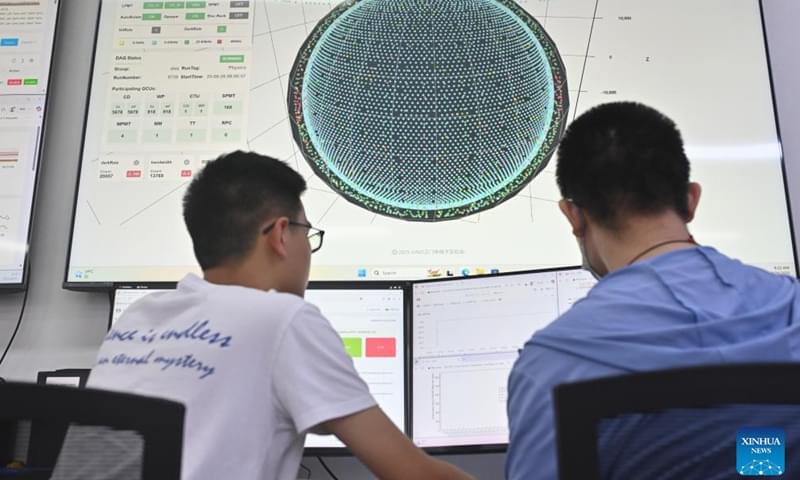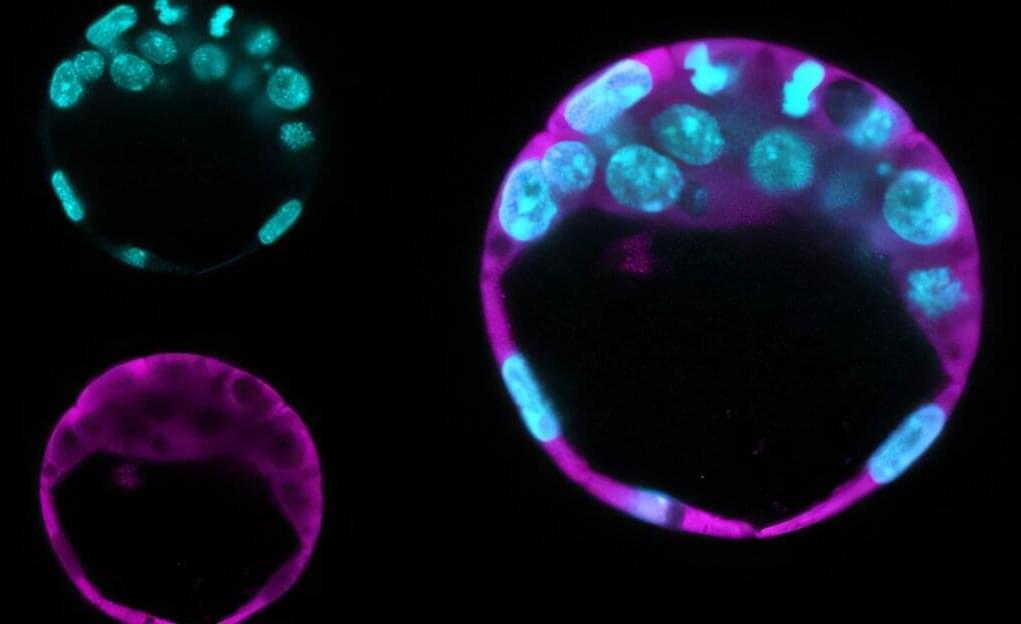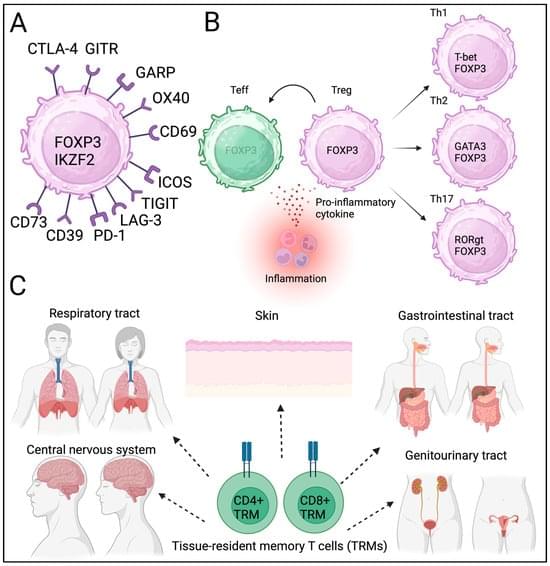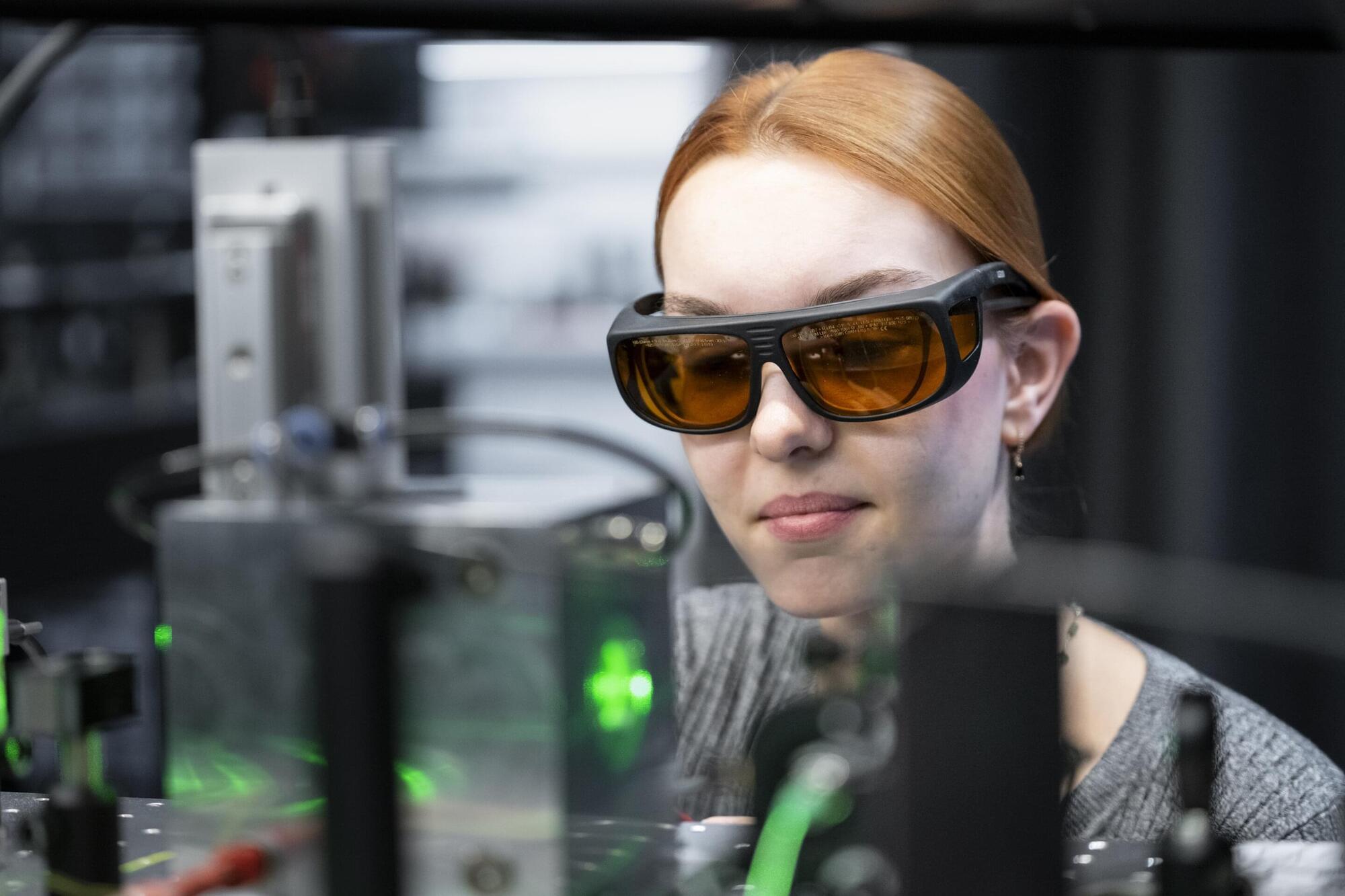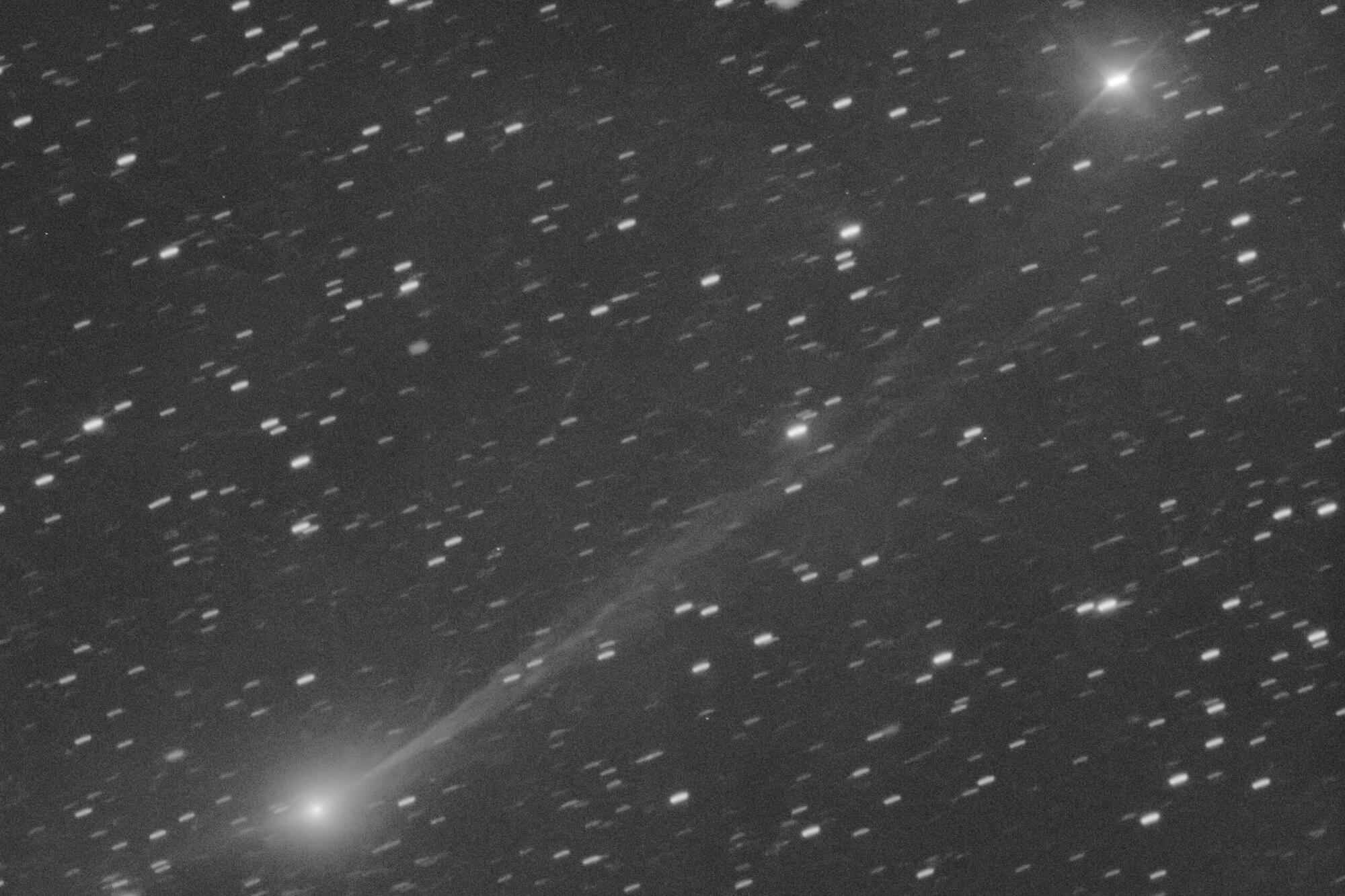Researchers work at a control room of the Jiangmen Underground Neutrino Observatory (JUNO) in Jiangmen, south China’s Guangdong Province, Aug. 26, 2025. The world’s largest transparent spherical detector began operation in China on Tuesday, making it the world’s first operational ultra-large scientific facility dedicated to neutrino research with ultra-high precision. Having completed the filling of its 20,000-tonne liquid scintillator detector, JUNO in Guangdong began taking data after more than a decade of preparation and construction. (Photo by Liu Yuexiang/Xinhua)
